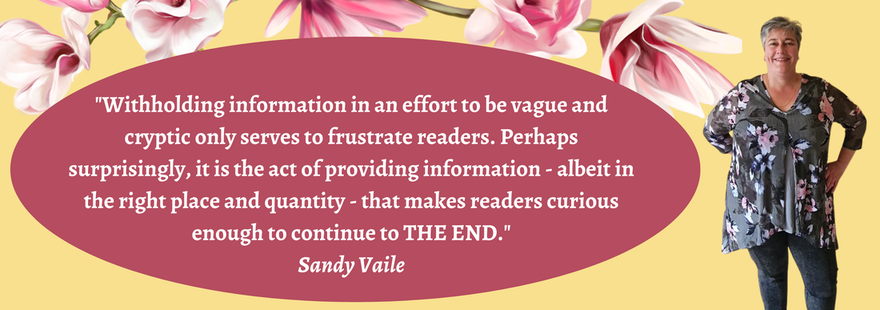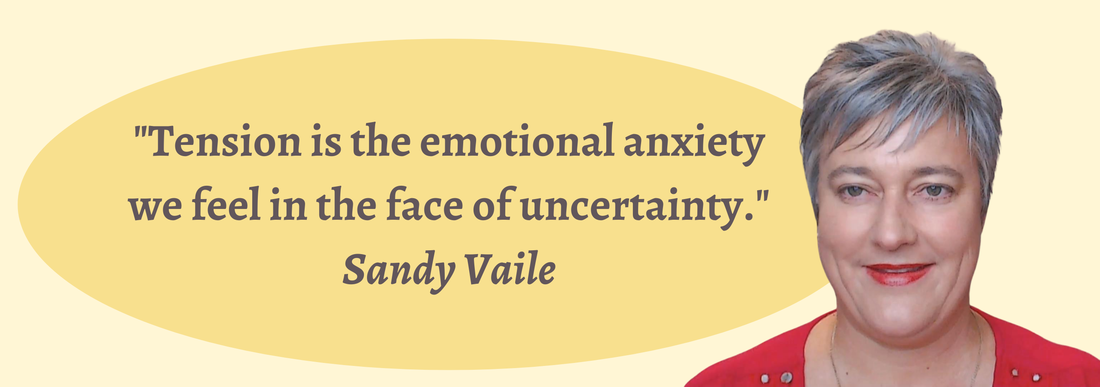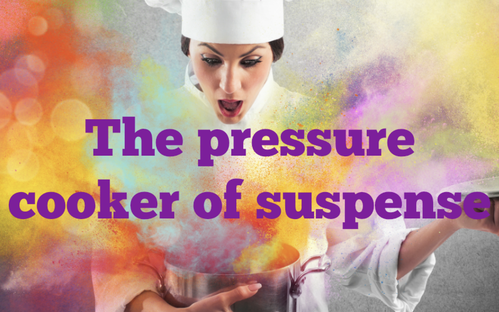The best way to add more tension to a storyRegardless of the length or genre of a story, creating tension is essential to holding readers' attention.
But what is the best way to add more tension to a story? Often I see aspiring authors withholding information in an effort to be vague and cryptic, which only serves to frustrate readers instead of engage them. Perhaps surprisingly, it is the act of proving information to the reader — be it in the right place and quantity — that makes them curious enough to continue reading. The whole point of storytelling is to share tales and you need people to read the whole thing in order to get your point and fully enjoy what you’ve created, but not even having a best-selling book provides this guarantee. Data collected by Kobo from more than 21m users, showed that readers were keener to finish Casey Kelleher’s self-published thriller Rotten to the Core than many award-winning and best-selling novels.
0 Comments
Author: Sandy Vaile Originally published by Romance Writers of Australia in the Hearts Talk ezine, 2020. Republished by Romance Writers of Australia in the 30th Anniversary magazine 2021. How to use uncertainty to keep readers on the edge of their seats.We are all familiar with being so engrossed in a story that we can’t put it down: the “I’ll just read one more page before bed time” scenario.
Tension is the critical element that keeps readers expectant regardless of the genre, place in the story, or whether a scene is action-packed or reflective. Read on to find out how to increase uncertainty and eek it out for as long as possible, to keep readers on the edge of their seats in your stories. Author: Sandy Vaile
Originally published by Romance Writers of Australia in the Hearts Talk ezine, April 2018 . I believe suspense is for every story, no matter the genre. It’s the ideal tool to compel readers to keep turning pages all the way to the end, by creating real emotional tension. What is suspense? Remember back to a book you just couldn’t put down. More than likely, the author made you worry about the character, and be apprehensive about the outcome of conflicts. You might have had clammy palms, a racing heart, fidgeted, or literally sat at on the edge of your seat, desperate to know what happened next. All of things are signs that the author applied suspense techniques, not just to engage you, but to throw you in the pot and seal the lid so you can feel every last ounce of emotional turmoil. Author: Sandy Vaile Originally published on the Romance Writers of Australia blog 08/06/20. The importance of matching suspense to the fluctuations of plotTension is a critical element of all stories and needs to be maintained in order to keep readers turning the pages, but how does this correspond to the fluctuations of plot? There can’t be life-threatening situations in every chapter, nor are all stories about mortal danger. So, let’s explore how you can match the fluctuations in a story’s plot to the level of tension.
First we need to be on the same page in understanding what tension and plot fluctuations are, and then we’ll explore how to synchronise the two for jaw-clenching read. Author: Sandy Vaile
I may write romantic-suspense, but firmly believe that suspense is for every story, no matter the genre. It’s the ideal tool to compel readers to keep turning pages all the way to the end, by creating real emotional tension. What is suspense? Remember back to a book you just couldn’t put down. More than likely, the author made you worry about the character, and be apprehensive about the outcome of conflicts. You might have had clammy palms, a racing heart, fidgeted, or literally sat at on the edge of your seat, desperate to know what happened next. All of things are signs that the author applied suspense techniques, not just to engage you, but to throw you in the pot and seal the lid so you can feel every last ounce of emotional turmoil. The real trick is to maintain a level of uncertainty throughout the story, so the reader worries about the outcome and is left pleasantly spent by the end. |
Fearless ProseEmpowering aspiring authors to confidently write novels they're proud to publish Categories
All
Archives
May 2024
|
© Sandy Vaile 2012-2024 |
Contact and Privacy Policy - About Sandy |





 RSS Feed
RSS Feed